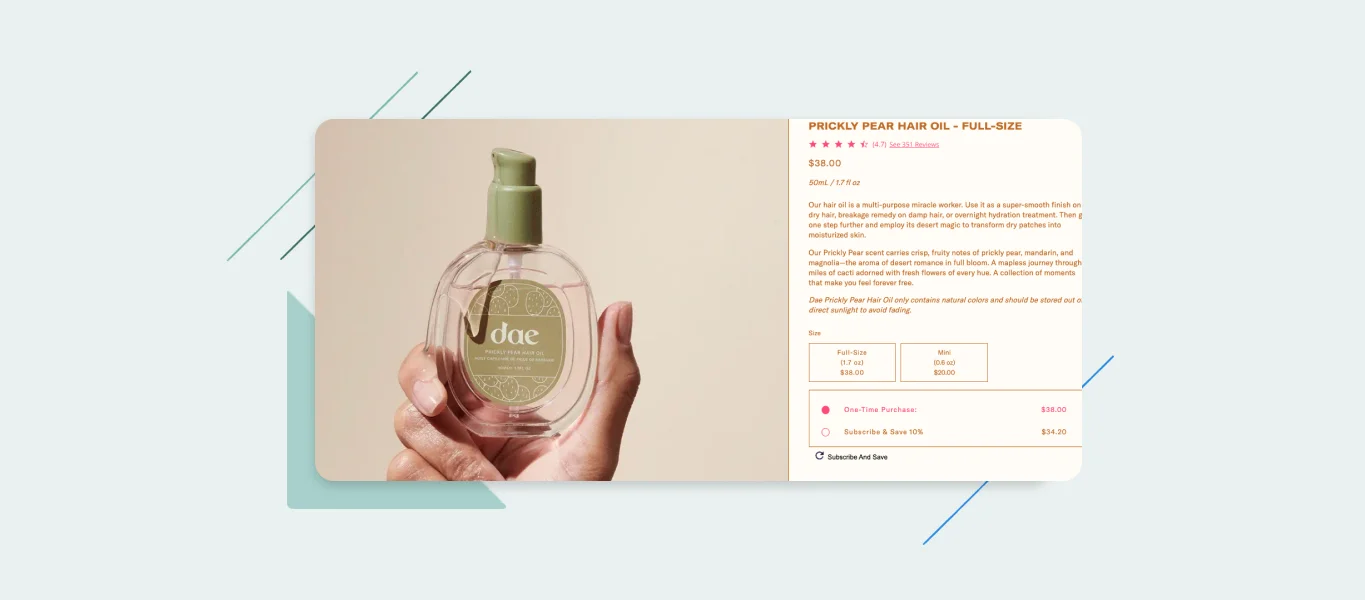Customer churn, or the loss of subscribers to your business, is one of the leading measures of the health of any direct-to-consumer (DTC) ecommerce brand. High churn equals volatility—it means you’re losing customers fast, potentially faster than you can acquire them or faster than you recoup your acquisition costs.
A low churn rate and high customer retention, on the other hand, are good signs of a satisfied customer base. They signal that subscribers are content with your brand, products, and value, and can make it easier for you to plot the trajectory of your subscription business and provide a steady platform to grow from.
In this blog, we’ll uncover the basics of churn and the top strategies your brand can use to stave it off.
Key takeaways
- Mitigating customer churn is exceptionally important for DTC and subscription businesses, who rely on steady income from satisfied subscribers.
- Churn is caused by multiple factors including product satisfaction, pricing, and subscription management options. Addressing each one requires a specific approach.
- Proven ways to reduce churn over time include flexible subscription management, data-driven improvements to your products and services, and an authentic brand story that resonates with customers.
How churn factors into DTC retail
An industry-wide issue…
Customer churn is a problem everywhere in retail, though its effects can vary in different sectors. A traditional retailer or marketplace like Amazon, Walmart, or eBay has some natural churn defense built in—the variety of brands and products it features. A customer who loses interest in one brand or product can easily find an alternative right on the same site, and they may shop for many different types of products while they’re at it.
…magnified in DTC ecommerce
On the other hand, a DTC brand has a much narrower range of options (just their own). Once a customer churns, it can be extremely difficult to lure them back, losing the brand revenue for good.
That’s why cancellation prevention is critical to a DTC brand’s success—with customer acquisition getting more difficult and more expensive, you’re better off focusing on customer retention and developing a satisfied, dependable base of subscribers.
The main causes of customer cancellations
Customer churn can occur for lots of different reasons, so there’s no one-size-fits-all solution. Customers may end subscriptions because they weren’t satisfied with the products they received, or because they found a better fit with a competitor. They may find a subscription too unwieldy or inflexible to maintain and opt for a simpler alternative. They may even feel disconnected from the brand itself and look for one that better represents their values.
If you were hoping for a quick answer to low customer retention, we’re sorry to disappoint—the solutions are as varied as the causes. But while cancellation prevention may be a complex issue, it’s far from impossible to tackle.
How to prevent customer churn
If there’s one underlying key to churn prevention, it’s flexibility—flexible subscription management for your customers and flexibility with your products and services, leaving room for them to adapt and improve.
Make subscriptions easy to manage
Success in ecommerce is about meeting customers where they are. If they can’t get exactly what they need from a brand when they need it—in other words, if a subscription becomes more trouble than it’s worth—they’re likely to bounce to an alternative that’s easier to manage.
It can be hard for customers to calibrate exactly how much product they’ll need each month. The simplest way to solve that problem is to offer a range of quantities and delivery cadences, enabling customers to find their own sweet spots.
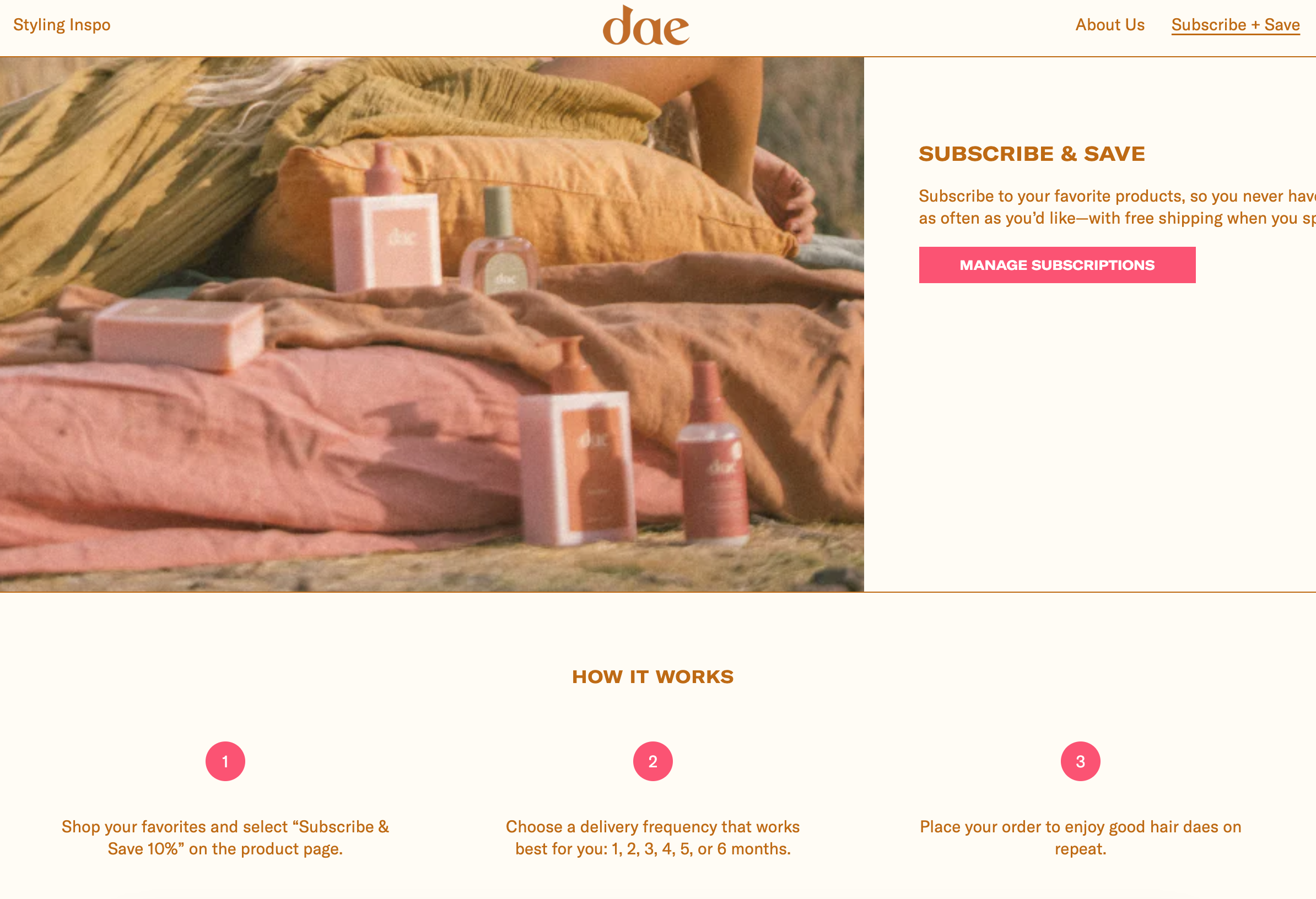
But there will still be edge cases to accommodate. For times when subscribers need just a little less than normal, offer partial shipments. And for occasions when they’re truly overloaded, make it easy to pause subscriptions instead of canceling altogether—and you can even offer the option to gift a skipped shipment as a way to salvage customer cancellations.
Don’t skimp on customer service
This may seem obvious, but customers won’t always be able to solve subscription issues with self-serve options. It’s crucial that your brand have a well-staffed, knowledgeable customer success team to step in to provide timely assistance when those options fall short—delayed or incomplete resolutions are every bit as likely to result in a lost customer as a clunky or rigid subscription experience.
Improve your customer experience with feedback & data
Every part of your brand impacts the customer experience: website, products, delivery options, packaging, pricing—the list goes on. With so many factors potentially influencing churn, it can be hard to narrow down which ones are harming customer retention.
But there’s no need to guess what your customers are looking for. Give them the opportunity and they’ll often let you know directly.
Get input early and often
Simple solutions like questionnaires and feedback surveys can help you collect a broad array of feedback at a variety of touchpoints.
Craft some brief, easy-to-complete surveys about specific aspects of your customer experience and surface them at key touchpoints: checkout, confirmation emails, account creation, etc. Soon you’ll have a wealth of data about sentiments toward each aspect of your brand and how they impact your customer retention.
With those insights in hand, you can get to work enhancing your customer experience and mitigating future customer churn. Prioritize the elements that most directly impact customer satisfaction, especially your products themselves—customers won’t keep paying for even the most delightful brands if they’re not ultimately happy with their items.
But don’t discount the impact that details like your site UX and subscription management can have, either.
Offer a smooth, pleasant UX
There’s a simple principle in retail: the harder it is for customers to spend money on your products, the less likely the are to do so. So invest in your site to minimize the friction in between your shoppers and a completed order.
There’s a lot to consider in this area, but here are some of the top items to focus on.
Page load times
Slow websites discourage customers. Test your site to make sure it’s snappy throughout.
Navigation
It should be easy for shoppers to identify and move between different areas of your site.
Product organization, sorting, and filtering
Ecommerce is highly personalized. Make it easy for customers to find the products they need by organizing them into specific categories and collections, then provide an assortment of ways to sort or filter items: size, price, purpose, special features, etc.
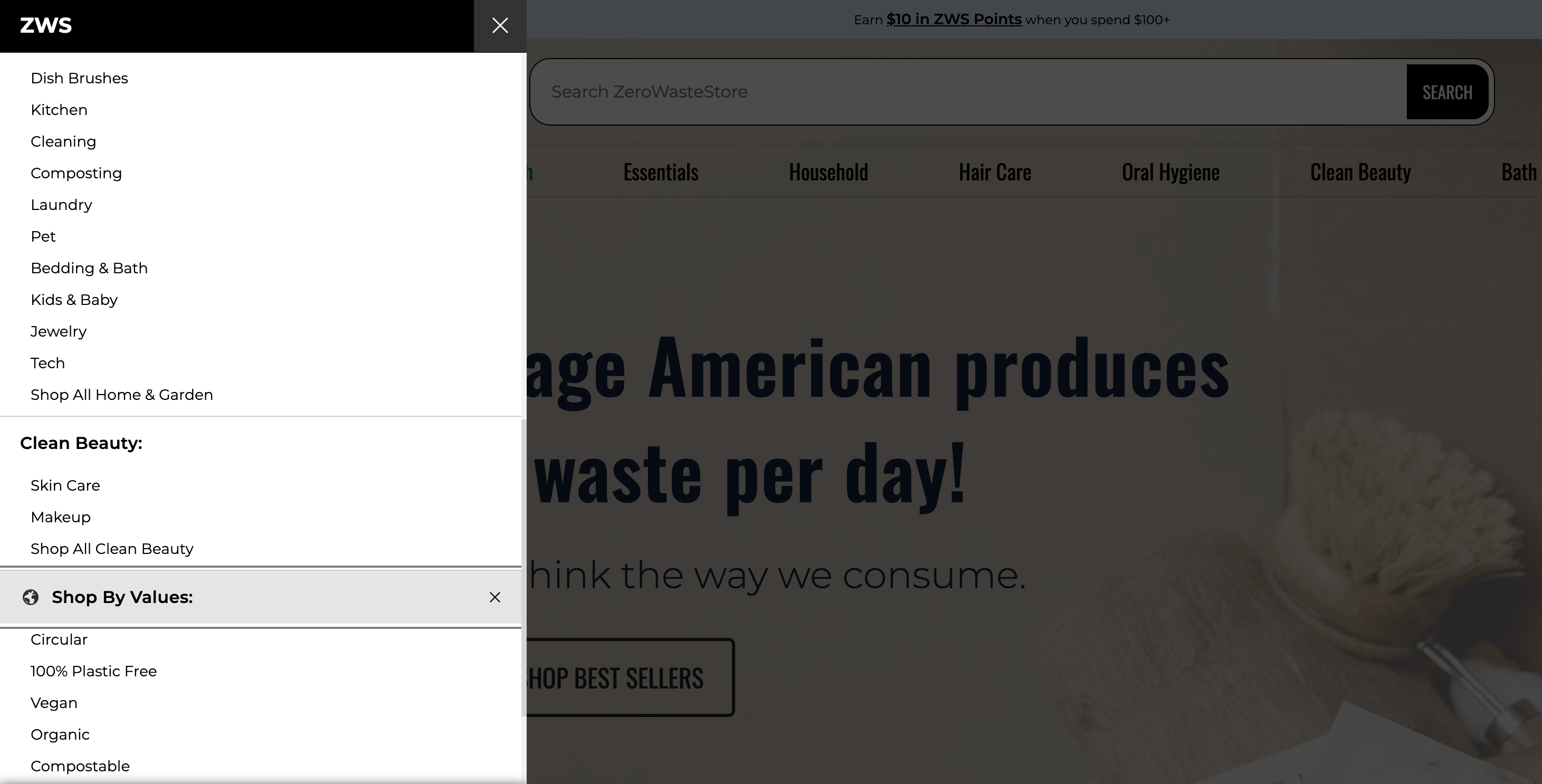
Offer data-driven cancellation prevention alternatives
While improving your customer experience should result in fewer subscription cancellations, it won’t eliminate them entirely. But that doesn’t mean there’s no room left to improve!
You can still gather data from customers as they cancel—and, when you understand the remaining factors behind cancellations, you can even prevent customers from cancelling by offering targeted alternatives.
Many customers who submit a cancellation request are actually open to maintaining their subscriptions. They simply have a specific problem to solve, whether it’s related to pricing, logistics, products, quantity, or something else, and either don’t know how to solve it or don’t realize they can.
By finding out why customers plan to cancel, you can open the door to solving those problems and increasing customer retention. They receive too much product each month? Swap them to a smaller quantity or less frequent deliveries. Prices too high? Try a cheaper option or offer a discount on an upcoming order.
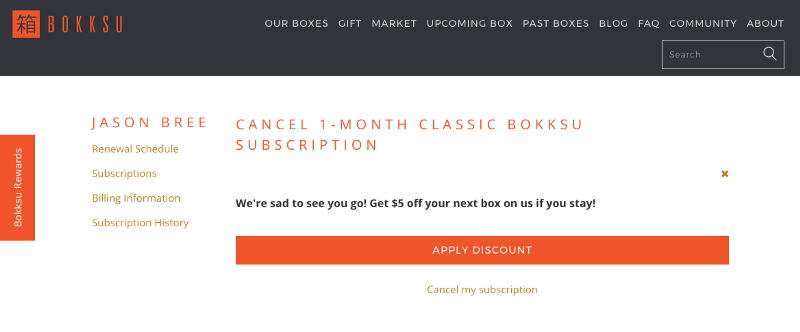
Here’s a tip: Recharge’s Cancellation Prevention feature takes care of both of these steps. Use it to present a cancellation survey to canceling customers, then assign targeted alternatives to the most common cancellation reasons. It’s helped some Recharge merchants save over 20% of cancellations.
See how Wildgrain saved 22% of cancellations with Cancellation Prevention
Enhance customer retention with brand connections
We often talk about churn as a tactical, short-term metric, measuring it on a monthly basis and offering solutions that address it head-on. But softer approaches can enhance customer retention just as effectively over the long term.
Entice customers with loyalty programs & benefits
The long-term success of subscription businesses depends on going beyond transactions. Customers don’t just want to buy your products—they want to feel valued and rewarded, to have a reason to keep coming back instead of trying a competitor’s products.
Loyalty programs are the perfect solution. They’re endlessly customizable and can provide a host of ways to give back to customers: freebies awarded at different purchase tiers, points to be applied to future purchases, or exclusive benefits like early access to upcoming products are all great options. And you can even engage in a bit of tit-for-tat by offering bonuses in exchange for subscription referrals—everybody wins!
As always, data is key here. Survey your customers to find out what kinds of incentives they’ll respond to to determine which type of loyalty program will suit your business best.
Craft a compelling brand story
Remember what we said about marketplaces being less susceptible to churn because of the range of brands they represent? That’s true in some ways, but the DTC model comes with some advantages in that department too.
DTC brands have the opportunity to put their own brand front and center, building closer relationships with customers based on the values and traits they represent. And with customers increasingly preferring brands who share their own values, that’s an advantage for your brand to press.
Many DTC brands dedicate a section of their website specifically to explaining the genesis of their products, especially when a social or environmental good is involved.
Bite, for example, chronicles their journey from their founder’s desire to reduce plastic waste in the ocean all the way to becoming a certified B Corp. Their commitment to the environment takes center stage, making it abundantly clear that their products are intended for customers who value the same things.
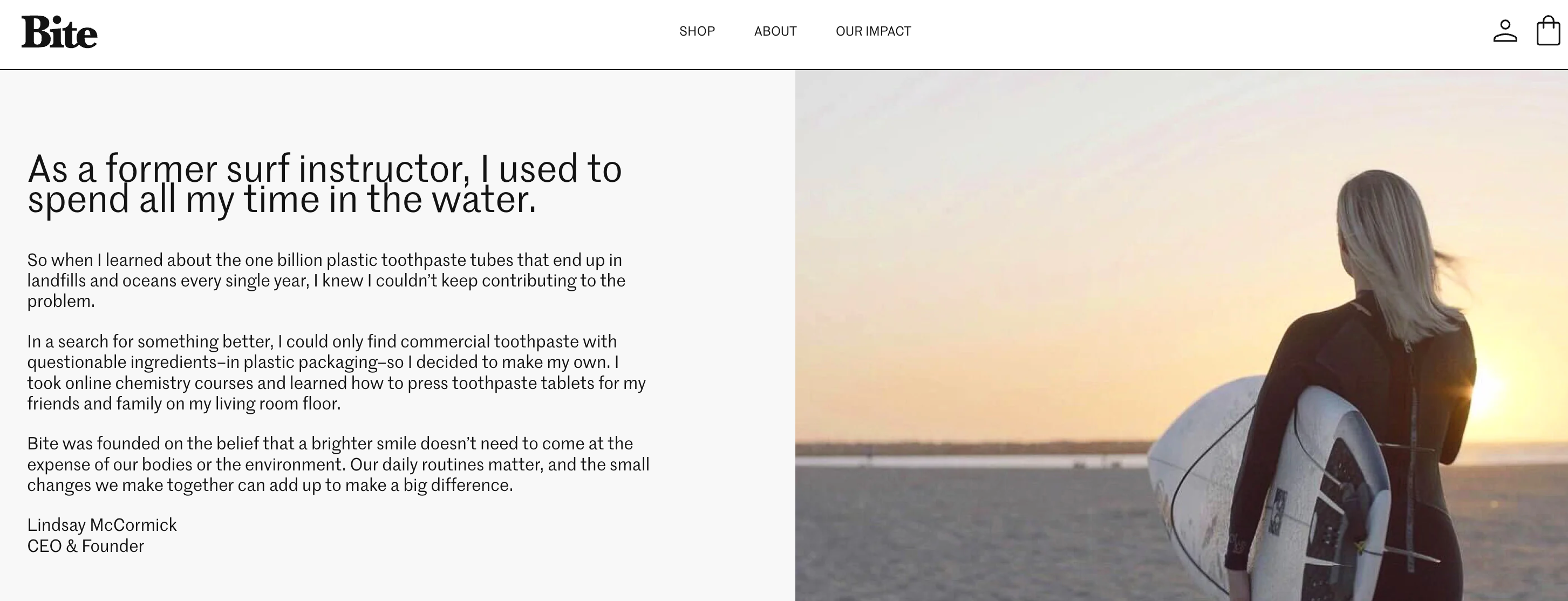
Lean on enthusiasts and brand ambassadors
Simply stating your brand’s goals and values and promising that your products are great won’t be enough to win over customers. They’ll want to see some evidence for your claims, especially from trustworthy sources.
Brand advocates are the answer—users who spread positive messages about your brand and build trust in it. While brand advocates can include groups like your own employees or sponsored influencers, we recommend sourcing them organically from your customer base.
Try encouraging user-generated content like in-depth reviews and social media posts and keep an eye out for exceptionally enthusiastic subscribers. Cultivate relationships with them—your loyalty program may be a great avenue to encourage and grow brand advocates.
Before you know it, you may have a mutually beneficial dynamic with superusers who are willing to tout the benefits of your brand and products. It’s one of the most effective customer retention strategies you can implement.
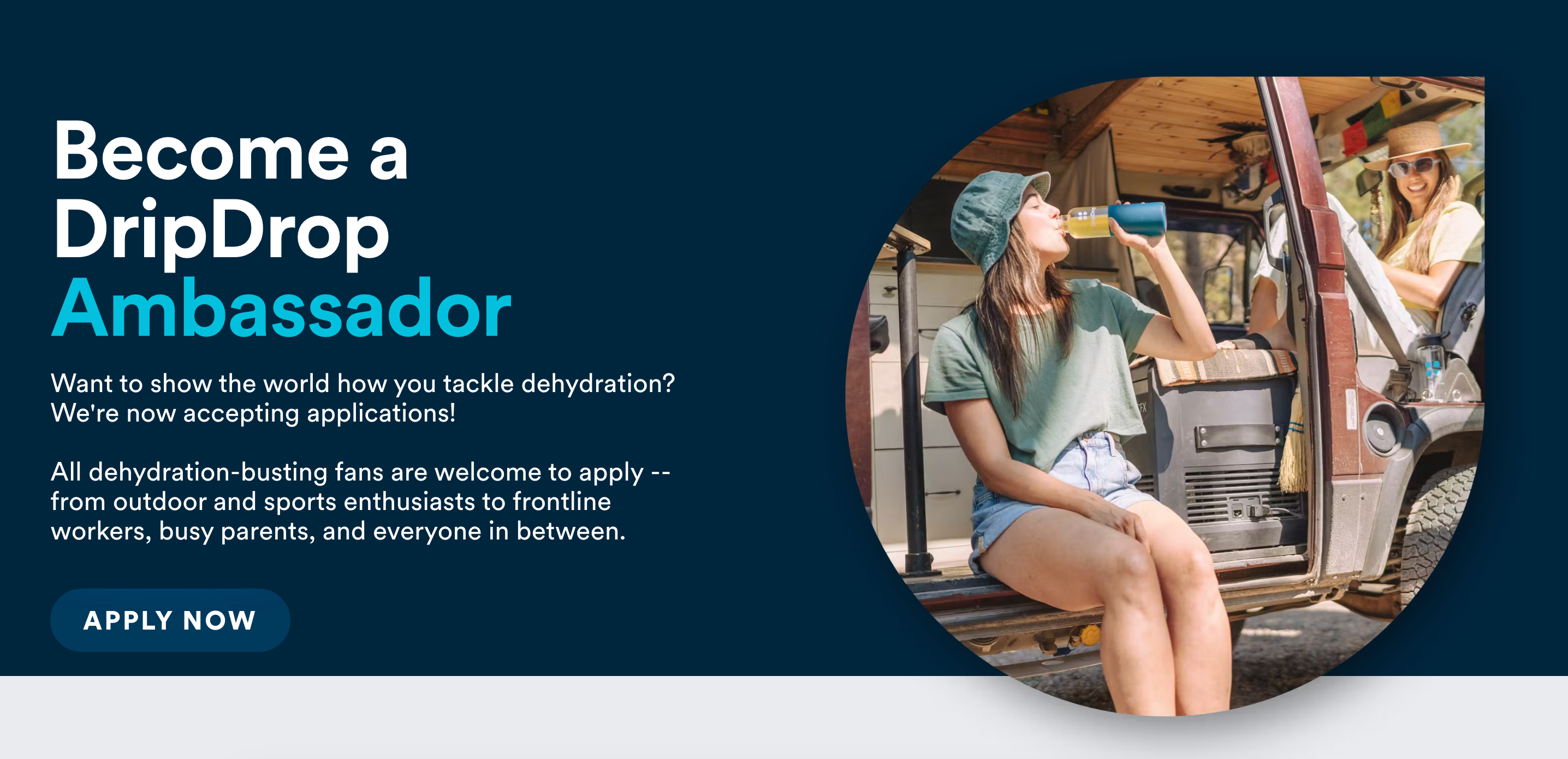
Watch out for passive churn
Most of the churn reduction tactics we’ve covered so far target active churn, which is the result of customers choosing not to maintain their subscriptions. But a lot of churn is actually passive, meaning it results unintentionally from things like expired payment methods or declined transactions.
Luckily, since customers who churn passively didn’t intend to, their subscriptions can often be saved. But many brands aren’t equipped to track or prevent passive churn and ultimately leave revenue on the table.
To stop passive churn, you’ll need automated tools that can spot failed payments and prompt customers for updated payment details. Don’t miss out on passive churn monitoring—it can be a simple way to recover lost revenue for your business.
Retain customers with smooth subscriptions & personalization
Churn is endemic to the DTC marketplace and caused by factors ranging from dissatisfaction with products to confusing site design or payment issues. While your brand may never stop churn altogether, there’s still plenty you can do to mitigate it.
- Causes of churn like inflexible delivery, high pricing, and unsatisfying products all have different resolutions. Find out which ones impact your brand the most and offer targeted alternatives to each one during the cancellation process.
- Make sure your customer experience is smooth overall to minimize friction. That includes building a snappy, navigable website and making it easy for customers to find the products they like and receive them at the right cadence.
- Share your brand’s values and story to build lasting personal connections with customers. Foster a community and elevate brand advocates who can spread positive buzz.With a few of these customer retention strategies in place, you’ll be able to knock churn down to background noise.
Sources
[1] Ecommerce UX: Design Strategies and Best Practices for 2024 (HubSpot)
[2] How to create customer surveys: 8 tips and examples (Zendesk)
[3] Ecommerce UX (Shopify)
[4] ZeroWasteStore (ZeroWasteStore)
[5] Bokksu (Bokksu)
[6] People prefer brands with aligned corporate purpose and values (World Economic Forum)
[7] Bite (Bite)
[8] Brand advocate (Sprout Social)
[9] Dripdrop (DripDrop)



